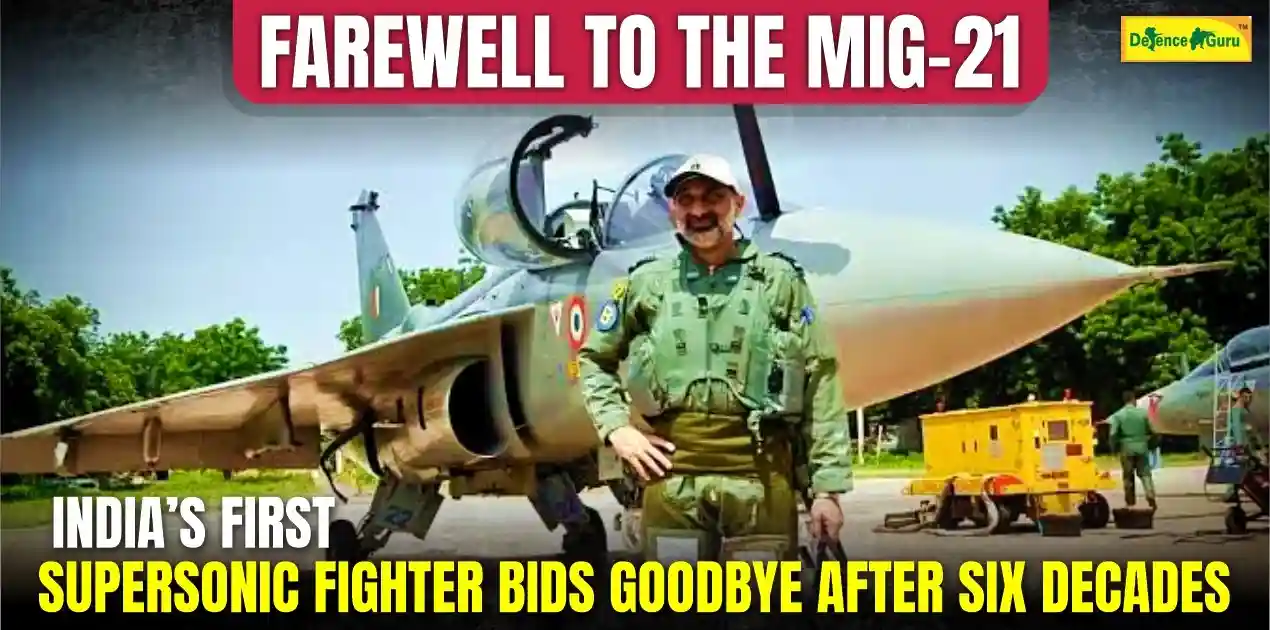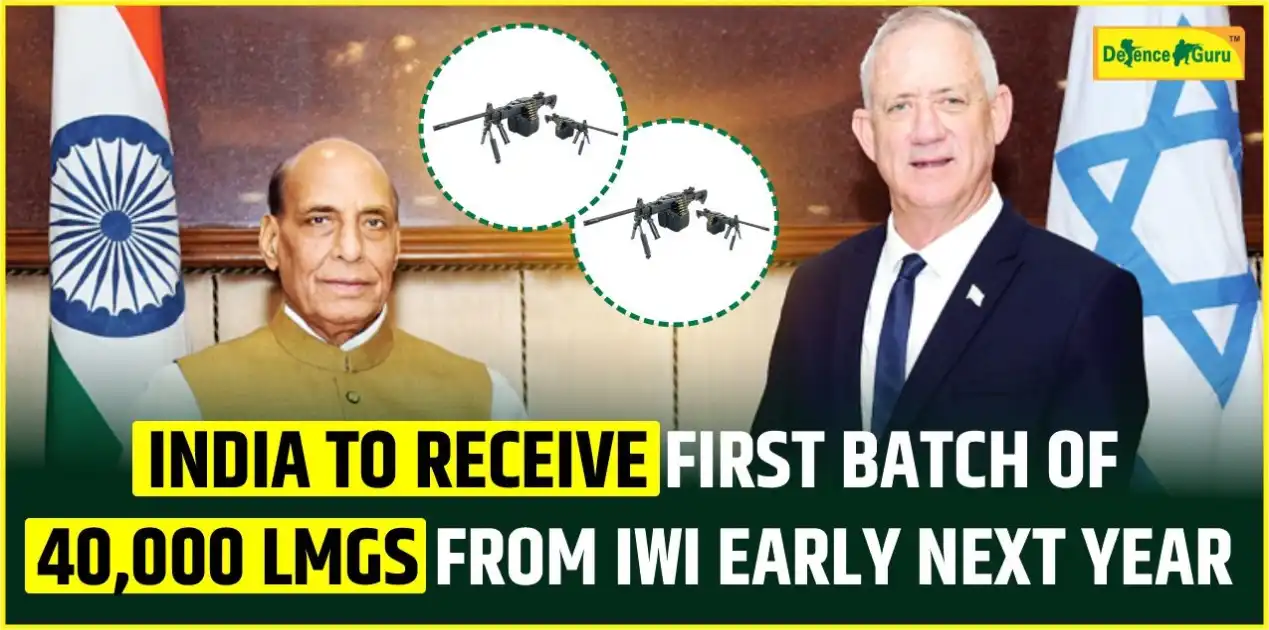Legacy of MiG-21 in Indian Defence History
After a period of almost sixty years, the Indian Air Force (IAF) has been preparing to see off one of its most iconic aircraft, the MiG-21. In 1963, at Chandigarh, they were inducted and became known as the “First Supersonics.” This Russian origin jet was India’s first supersonic fighter. Also, after years of action in wars, operations, and training missions, it is now being retired.
The MiG-21 played a key role in the development of India’s air power. It saw action in the 1965 and 1971 wars, including a bold attack on the Governor’s House in Dhaka during the Bangladesh Liberation War. Also, it is well known for its agility and reliability in combat, which includes bringing down enemy aircraft like the F-104 Starfighter and even an F-16 in 2019 during the Balakot operation. At the same time, its difficult handling also earned it the nickname “Flying Coffin.”
Through constant improvement, the MiG-21 Bison variant came through the aircraft, getting modern radar, avionics, and missiles, and extended its service life into the 21st century. For a number of Indian pilot generations, the MiG-21 was not just a machine; it was the first time they flew a supersonic fighter. As Air Chief Marshal A P Singh recalled, “In 1985 I had my first flight in the MiG-21, which was a revelation -- fast, very manoeuvrable, and at the same time very simple in design. It’s an amazing aircraft to fly; we will miss it.
The aircraft’s official farewell began at Nal Air Force Station in Bikaner, where Air Chief Marshal Singh himself flew solo sorties in August 2025. The final ceremony will take place in Chandigarh, the same base where the jet was first inducted, bringing its journey full circle.
But while the MiG-21 bows out, the IAF is already looking to the future. Indigenous Tejas fighters, along with Rafales and Su-30s, will take over its role. Interestingly, the Tejas was designed as a replacement for the MiG-21, carrying forward its legacy in a modern form.
The MiG-21’s retirement marks the close of an era in Indian military aviation. For over six decades, it served through wars, crises, and peace-time patrols. As it goes on its last flight, the MiG-21 leaves behind a record of service and also stands as a legacy of courage, skill, and inspiration to generations of Indian pilots.

















